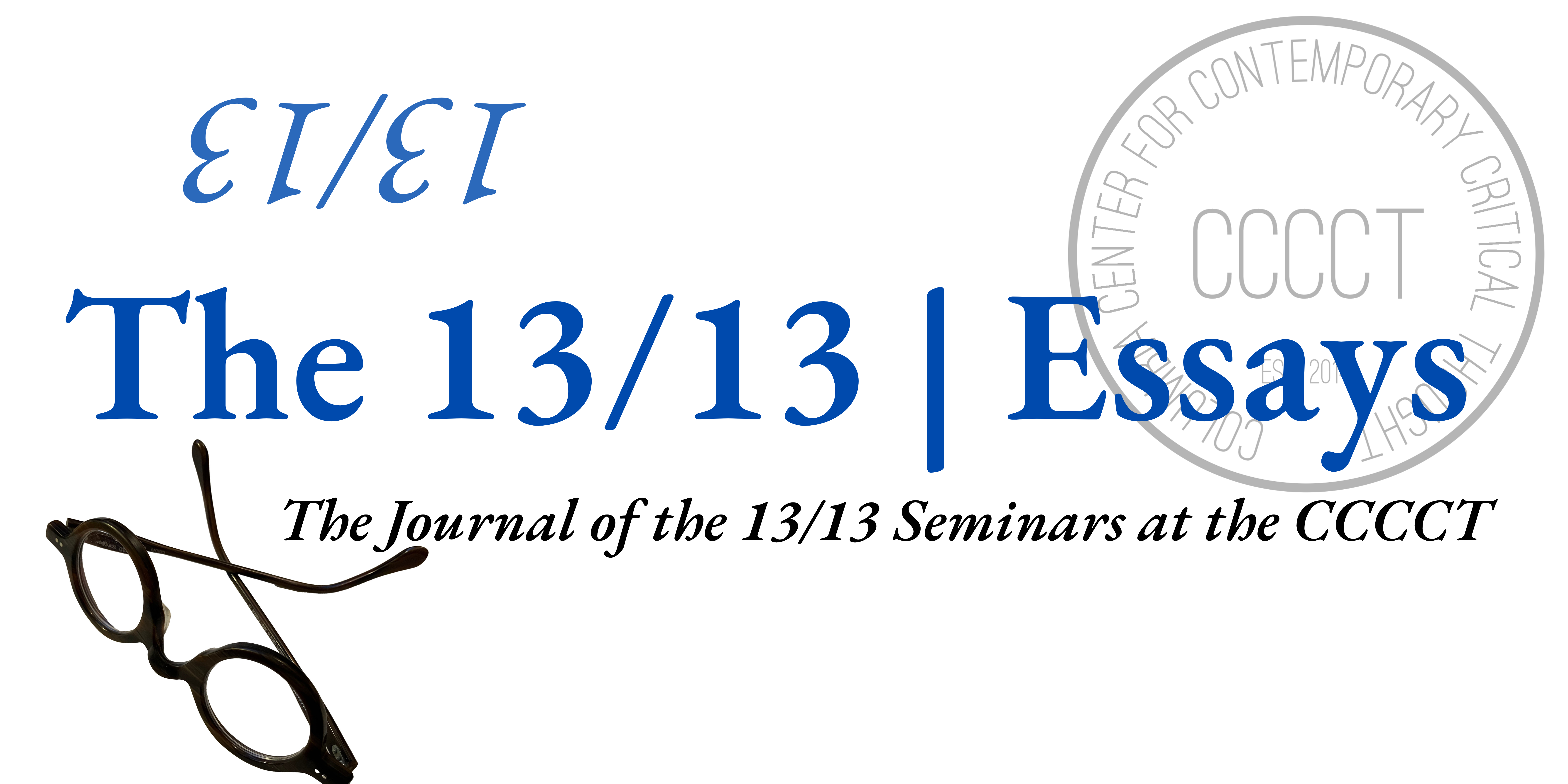
By Bernard E. Harcourt
On the evening of Thursday, January 25, 2024, the State of Alabama strapped a man, Kenneth Smith, to its execution gurney, placed a mask over his face, and pumped nitrogen gas hoping to asphyxiate him quickly. It was an execution method never used before in human history.
Steve Marshall, the Alabama Attorney General, promised that Mr. Smith would be unconscious within seconds. In pleadings filed with the United States Supreme Court and the lower federal courts, Marshall repeatedly claimed that the nitrogen gas protocol would work within seconds and that death would ensue within minutes. The “nitrogen hypoxia protocol will rapidly reduce oxygen inside the mask, cause unconsciousness within seconds, and cause death within minutes.”[1] In fact, Marshall defended the constitutionality of the new method on the ground that Mr. Smith would lose consciousness immediately, writing that “hypoxia will cause unconsciousness in a matter of seconds, rendering Smith unable to feel pain.”[2]
Four federal judges tried to stop the experiment. Judge Jill Pryor of the Eleventh Circuit and Justices Ketanji Brown Jackson, Elena Kagan, and Sonia Sotomayor of the United States Supreme Court would have granted a stay to more carefully examine the medical evidence. But they were in the minority.
The human experiment went live.
And in stark contrast to Steve Marshall’s representations, what ensued was a prolonged period of consciousness marked by shaking, struggling, and writhing by Mr. Smith for several minutes after the nitrogen gas started flowing. The five media witnesses, all hand-picked by the Alabama Department of Corrections and present at Mr. Smith’s execution, resoundingly confirmed the debacle.
Marty Roney of the Montgomery Advertiser reported that “Kenneth Eugene Smith appeared to convulse and shake vigorously for about four minutes after the nitrogen gas apparently began flowing through his full-face mask in Alabama’s death chamber. It was another two to three minutes before he appeared to lose consciousness, all while gasping for air to the extent that the gurney shook several times.”[3] From the time of 7:57 PM, when the gas began to flow, to 8:01 PM, “Smith writhed and convulsed on the gurney. He appeared to be fully conscious when the gas began to flow. He took deep breaths, his body shaking violently with his eyes rolling in the back of his head. […] Smith clenched his fists, his legs shook under the tightly tucked-in white sheet that covered him from his neck down. He seemed to be gasping for air. The gurney shook several times during this time.”
Ivana Hrynkiw of AL.com reported that “Smith visibly shook and writhed against the gurney for around two minutes. His arms thrashed against the restraints. He breathed heavily, slightly gasping, for approximately seven more minutes.” Following the execution, Hrynkiw made a public statement, corroborating her written account, saying that “media witnesses saw that Kenneth Smith appear to be conscious for several minutes after that gas began to flow, again, before he proceeded to shake and writhe on that gurney for about two minutes. Again, that two minutes of shaking and writhing on the gurney was followed by about five to seven minutes of heavy breathing.”[4]
Kim Chandler of the Associated Press reported that “The execution took about 22 minutes from the time between the opening and closing of the curtains to the viewing room. Smith appeared to remain conscious for several minutes. For at least two minutes, he appeared to shake and writhe on the gurney, sometimes pulling against the restraints. That was followed by several minutes of heavy breathing, until breathing was no longer perceptible.”[5]
Lauren Layton of WHNT recounted, like her colleagues, that the gas began around 7:58, at which point “Smith began writhing and shaking. His eyes rolled back. This was followed by several minutes of deep breaths until breaths weren’t visible by witnesses anymore.”[6] She added elsewhere: “did he lose consciousness within seconds? No, he didn’t.”[7]
Ralph Chapoco of the Alabama Reflector reported that “Smith convulsed for two minutes, with seven minutes of heavy breathing as he took large breaths.”[8]
In addition to the official media witnesses selected by the Alabama Department of Corrections, Mr. Smith invited Lee Hedgepeth, a political reporter based in Alabama, to witness his execution along with his family and lawyer. Mr. Hedgepeth corroborated his media colleague’s accounts, reporting that “Around 7:57, Smith began to react to the nitrogen flowing into the mask covering his face. He began thrashing against the straps, his whole body and head violently jerking back and forth for several minutes. […] Soon, for around a minute, Smith appeared heaving and retching inside the mask. By around 8:00, Smith’s struggle against the restraints had lessened, though he continued to gasp for air. Each time he did so, his body lifted against the restraints. Smith’s efforts to breathe continued for several minutes […] Around 8:07 p.m., Smith made his last visible effort to breathe.”[9]
Mr. Hedgepeth also spoke with reporters in the aftermath of Mr. Smith’s execution, telling the BBC that “This was the fifth execution that I’ve witnessed in Alabama, and I have never seen such a violent reaction to an execution.”[10] He told MSNBC that “within seconds of Mr. Smith giving his final remarks, we saw him begin violently, shaking thrashing against the straps that held him down. This was the fifth execution that I’ve witnessed in Alabama and I’ve never seen such a violent execution or a violent reaction to the means of execution. So we saw him thrash against the straps holding him onto the gurney for probably four or five minutes. After that, he gasped for breath for probably an additional ten minutes or so.”[11]
Despite the media witnesses, Attorney General Steve Marshall proclaimed the incident a “textbook” execution.
But he was not there.
What the media witnesses and others, including Mr. Smith’s family and Elizabeth Sennett’s sons, watched was very different—a far cry from the peaceful and dignified passing that Marshall presented to the Supreme Court and the public. It was another botched execution in Alabama: Mr. Smith remained conscious for many minutes after the nitrogen gas started flowing, struggled and writhed on the gurney, convulsed, dry heaved and retched into his mask, gasped for breath, and was finally pronounced dead 22 minutes later.
For over a decade, scientific literature has demonstrated that gas asphyxiation through a gas-mask method is not a humane way to kill a person. In Switzerland, the right-to-die organization Dignitas has experimented with assisted suicide by oxygen-deprivation with helium delivered via a face mask. Their results were published in 2010 and were available as Alabama was developing and implementing their own hypoxia mask protocol. The study ultimately found that “[o]xygen deprivation with a face mask is not acceptable because leaks are difficult to control and it may not eliminate rebreathing. These factors will extend time to unconsciousness and time to death.”[12] The study also found that there was “wide variation” in the amount of time each individual took to die, attributed to the fit of the mask on each person.”
The American Veterinary Medical Association (AVMA) has published guidelines on the euthanasia of animals and specifically recommends against the use of nitrogen gas: “Use of Ar [Argon gas] or N2 [nitrogen gas] is unacceptable for […] mammals,” apart from pigs, according to the AVMA, because “These gases create an anoxic environment that is distressing for some species and aversive to laboratory rodents and mink; other methods of euthanasia are preferable for these species.” Even pigs are not permitted to be euthanized using nitrogen gas (N2), however, as the AVMA specifically only finds Ar or a N2-CO2 gas mixture acceptable for the euthanasia of pigs. In short, pure nitrogen gas, which was used to kill Mr. Smith, is specifically not acceptable for the euthanasia for any mammal according to the AVMA.[13]
It should not come as a surprise that no state in this country that currently permits medical aid-in-dying allows doctors to use nitrogen gas asphyxiation. It is not a permitted method by doctors in this country.
Despite its scientific-sounding name, “nitrogen hypoxia” as a method of execution was not conceived by scientists, but rather criminal law professors. In 2015, Professors Michael Copeland, Christine Pappas, and Thomas Parr at Oklahoma’s East Central University co-authored a 14-page white paper in which they advocated for the use of nitrogen gas asphyxiation (which they called “nitrogen hypoxia”) over lethal injection.[14] The term “nitrogen hypoxia” itself reflects the method’s non-medical origin. The word “hypoxia” means “low oxygen.” It does not describe a process, but rather a state of being. A medical professional would instead describe this execution method as “asphyxiation”—i.e., the processof being deprived of oxygen.
At the time, Oklahoma was under fire for multiple botched executions using lethal injection. In September 2014, Mike Christian of Oklahoma’s House of Representatives invited Copeland to present his paper to the Oklahoma House Judiciary Committee.[15] Soon thereafter, in February 2015, Rep. Christian introduced House Bill 1879 to authorize “nitrogen hypoxia” as a legal alternative to lethal injection. The bill sailed through the Oklahoma state legislature (without expert review), and Governor Mary Fallin signed HB 1879 into law just over two months from its introduction. Oklahoma thereby became the first state to sanction execution by nitrogen gas asphyxiation. Approximately two years later, Mississippi and Alabama followed suit—adopting statutes with language nearly identical to Oklahoma’s HB 1879.
Alabama became the first state to use a nitrogen gas asphyxiation as a method of execution, in a human experiment that botched miserably on January 25, 2024.
It cannot be allowed to be repeated.
Notes
[1] Defendants’ Post-Hearing Brief in Opposition to Plaintiff Smith’s Motion for a Preliminary Injunction at 12, Smith v. Hamm, No. 2:23-cv-00656 (M.D. Ala., Dec. 29, 2023), ECF No. 66.
[2] Id. at p. 15.
[3] Marty Roney, “Nitrogen gas execution: Kenneth Smith convulses for four minutes in Alabama death chamber,” Montgomery Advertiser(January 25, 2024), https://www.montgomeryadvertiser.com/story/news/local/alabama/2024/01/25/four-minutes-of-convulsions-kenneth-smith-executed-with-nitrogen-gas/72358038007/
[4] Transcript of video, Ivana Hrynkiw, “Witness describes final moments of Alabama prisoner Kenneth Smith killed with nitrogen gas,” YouTube (January 25, 2024), https://youtu.be/X6MVEWMcdrM?si=nZkGt3FWOEVdd6HR.
[5] Kim Chandler, “Alabama Executes a Man with Nitrogen Gas, the First Time the New Method Has Been Used,” Associated Press (January 26, 2024), https://apnews.com/article/nitrogen-execution-death-penalty-alabama-699896815486f019f804a8afb7032900.
[6] Lauren Layton, “News 19’s Lauren Layton’s account of the nation’s first nitrogen hypoxia execution,” WHNT (January 26, 2024), https://whnt.com/news/alabama-news/kenneth-eugene-smith/news-19s-lauren-laytons-account-of-the-nations-first-nitrogen-hypoxia-execution/.
[7] Lauren Layton, “Witness describes Alabama’s first execution by nitrogen gas,” WJTV (January 26, 2024), https://www.wjtv.com/news/witness-describes-alabamas-first-execution-by-nitrogen-gas/.
[8] Ralph Chapoco, “Kenneth Eugene Smith executed by nitrogen gas for 1988 murder-for-hire scheme, Alabama Reflector” (January 25, 2024), https://alabamareflector.com/2024/01/25/kenneth-eugene-smith-executed-by-nitrogen-gas-for-1988-murder-for-hire-scheme/.
[9] Lee Hedgepeth, “’Never Alone’: The suffocation of Kenneth Eugene Smith,” Tread by Lee Hedgepeth (January 26, 2024), https://www.treadbylee.com/p/never-alone-the-suffocation-of-kenneth.
[10] Transcript of video, “BBC News, Alabama carries out first US nitrogen gas execution on Kenneth Eugene Smith,” BBC News, YouTube (January 26, 2024), https://www.youtube.com/watch?v=qe8gIvhmjOQ.
[11] MSNBC, “Violently shaking, thrashing:” Witness details first ever nitrogen gas execution, Youtube (January 26, 2024), https://www.youtube.com/watch?v=MgcymCOriGs.
[12] Russel D. Ogden et al., Assisted suicide by oxygen deprivation with helium at a Swiss right-to-die organization, 36 J. Med. Ethics 174, 174 (2010)).
[13] American Veterinary Medical Association, AVMA Guidelines for the Euthanasia of Animals 28 (2020 ed.)
[14] Michael Copeland, Thom Parr, and Christine Papas, “Nitrogen Induced Hypoxia as a Form of Capital Punishment” (2015).
[15] Jack Shuler, “Can Executions Be More Humane?” The Atlantic, March 20, 2015 https://www.theatlantic.com/politics/archive/2015/03/can-executions-be-more-humane/388249/.
